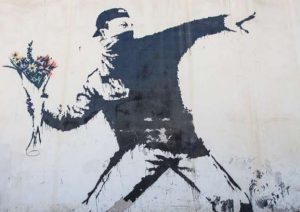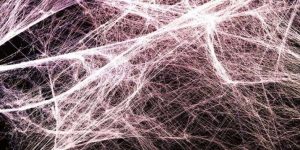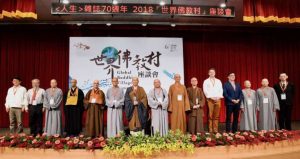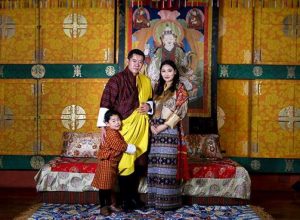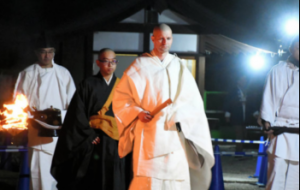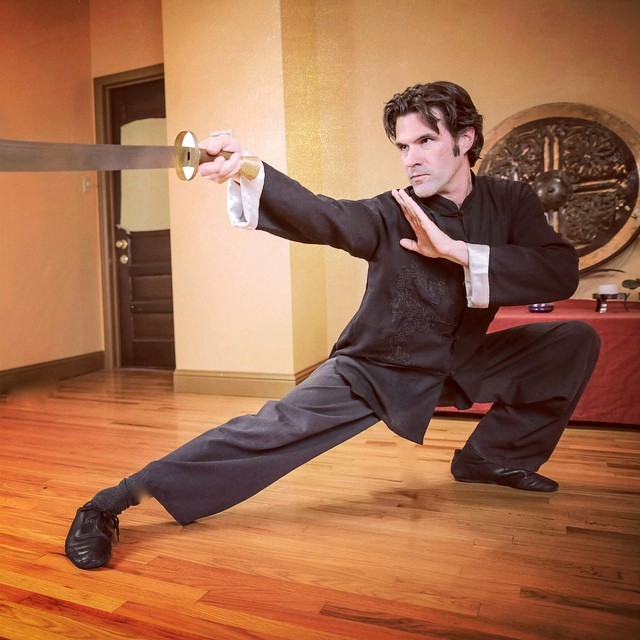
I have a passion for the untold stories that drive us, the things that push us to grow and question our world and ourselves. I remain deeply fascinated by the mysterious beauty of being in this world. — Keith Martin-Smith*
For a long time, Sifu Keith Martin-Smith has had written on his office wall: Writer, Meditator, Martial Artist. This triad forms the core structure of his practice and offerings. These modes of expression, awareness, and movement propel him in relating to the world. Meditation is never still—it involves effort, will, discipline, focus, and volition cultivated alongside surrender, in counterpoint. Outer forms contain the stillness of cultivation and witnessing inside the practice. Finding his voice as a writer, harnessing chi in kung-fu, and settling the mind in meditation all provide a basis for full human integration.
Keith practices Soto Zen shikantaza (“just sitting”), the simple concentration of returning to this moment, again and again, in addition to the traditional koan study of Rinzai Zen. He also practices qi-gong, a soft, whole-breath practice, and engages in Shaolin kung-fu, integrating Zen Buddhism and martial arts based in the breath. When deep in practice, Keith is not thinking at all. In the flow state, he channels breath in the way he was trained. Whether sparring with a student or going through long forms solo, Keith experiences being moved rather than moving with volition. Underlying this is the meditation of simple concentration, shikantaza.
As a child, Keith was very sensitive and quiet. Raised in an extroverted Catholic family south of Philadelphia, Pennsylvania, Keith found his home life quite chaotic. Withdrawing into himself, he found a haven in his active imagination. Unusually for a young child, he experienced a keen awareness of his own body. He remembers stroking his forearm with the opposite hand, resting in the fullness of tactile experience. In retrospect, he felt fully embodied, noticing only the present moment. This soothing self-touch was a comfort amid the outer chaos. In coping with a world that made little sense to him, he found refuge within.
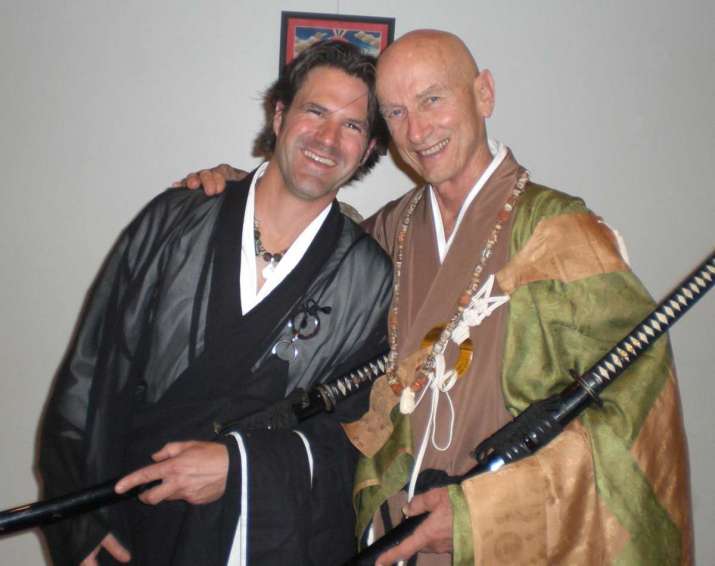
At a self-conscious 16 years old, Keith went on a date with an older girl he really liked. The evening went poorly—he recalls doing everything horribly wrong, but also realizing what was happening and abandoning hope for a good outcome. Immediately after the botched date, Keith took his dog walking in the autumn moonlight. In a flash, under fast-running clouds, he realized that all the poets, musicians, and writers he had long admired had themselves all seen this same moon! Feeling a spontaneous connection with everyone who had ever lived, he burst out laughing. This profound jump from isolation to belonging made a deep impression. This new sense of consciousness lasted a couple of hours, then faded. It was Keith’s first taste of connected awareness, being completely in the present while simultaneously linked to all beings. He realized there was another way of living than he had previously known. He now pinpoints that experience as leading to his later receptivity to meditation.
In 1997, Keith met Lama Tsering Everest at the Philadelphia Shambhala Center. When she walked through the door, he felt he had never seen a human like her. She “had something he wanted” but he didn’t know what that something was. To this day, she is one of his most inspiring teachers. The way she spoke—with depth of experience, creativity, profound insight, and humor—changed the course of his life. He took the Red Tara empowerment in her practice retreat. He listened to her many teachings on CD and all but memorized them. Keith followed the Vajrayana path for many years, with much devotion toward Lama Tsering. He remembers a beloved tribute she wrote to her own teacher, Chagdud Tulku Rinpoche. In the mountains together, Rinpoche spoke to her about impermanence. When Lama Tsering realized that her teacher, too, was impermanent, she choked up. Later, she recalled, “Whereas I could only cry, he could laugh. And that is why he was the master, and I the student.”** Having found the true teacher, one holds on with devotion, never letting go.
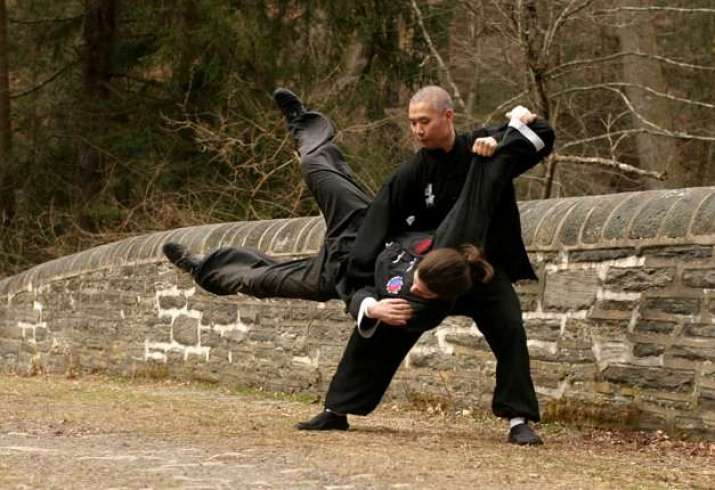
In high school, Keith started training in karate. A close friend trained in kung-fu, and Keith could see his friend’s practice becoming more powerful, in less time, than his own. By 21, Keith had found a small Chinese kung-fu school. He began training and continued all through college, feeling he had found his true path. After college, Keith began training with Shaolin monk Sifu Shi Yan-Ming, a kung-fu master in New York City. Ming had defected from China in 1992, founding a series of schools, the first in New York. At USA Shaolin Temple, Keith learned the long forms—the physical, outer training of body conditioning. It was very much like boot camp. Keith knew this rare opportunity to train with Ming, who was straight from the Shaolin Temple in Henan, China, would benefit him greatly.
After several years commuting to New York from Philadelphia for kung-fu, Keith’s therapist mentioned a nearby Korean teacher of Shaolin kung-fu. Walking by the dojo window, Keith saw the master, Da Sifu Jeon Hoon Jong, balancing in a handless headstand. Keith took Sifu Jong as his new teacher, going back to square one, beginning with the breath. Keith had practiced using his skeleto-musculature, but this new training included qi-gong. Sifu Jong’s practice was to fully integrate deep chi practice with movement. Like Sifu Ming, he had extraordinary abilities—for example, students could drive a car over his stomach. But unlike Sifu Ming, Sifu Jong was very humble, an obscure figure in the field. Letting go all his previous training, Keith returned to the beginner’s mind to learn anew, in a fully integrated approach.
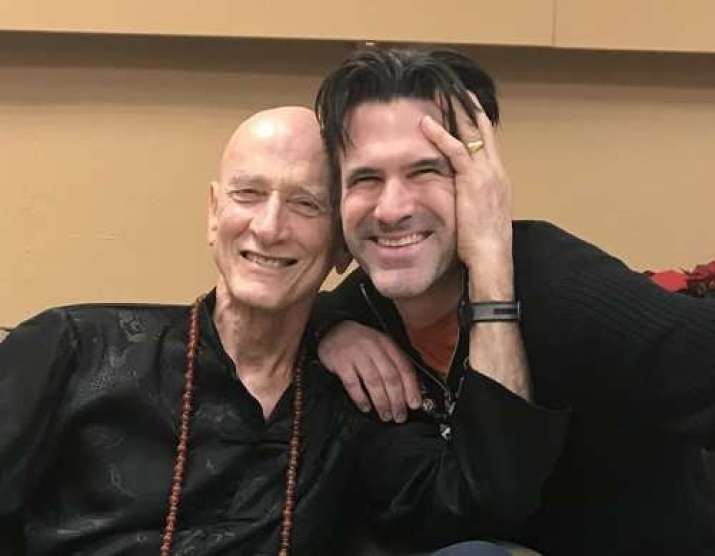
By embracing the contractions in your life, the emotional pain and the angst—by going through all that, you really can find liberation and peace. — Keith Martin-Smith***
Keith met his Zen teacher, Jun Po Denis Kelly Roshi, in 2007 (the first Dharma heir of the late Eido Shimano Roshi), and was struck by the iconoclastic Zen master’s humorous and highly irreverent style. In one of their first meetings, Jun Po half-joked: “The only trouble with Zen and with psychotherapy is that they don’t work. On one side you have Zen-disease (spiritual bypassing) and on the other you can have wound-worship.”
Keith was invited to write Jun Po’s life story, and the two collaborated on the 2012, award-winning biography A Heart Blown Open (which has just been optioned for film rights). The biography was followed up with the non-fiction The Heart of Zen. In it, Jun Po Roshi explains that we are all completely conditioned by our biology, culture, and our individual psychology. But through meditation, we can find choice points in our conditioned responses and choose to act from compassionate awareness instead of reactive ego. Jun Po’s main teaching is that Zen alone is not enough; therapy is not enough. We need to use meditation to understand the ego, so that it can become an ally on our path to liberation, not our enemy. We need to use therapy to uncover the shadows, trauma, and attachment issues that meditation cannot see. Keith points out that meditation slows the reactivity of the mind so that emotions can be seen as information, places for us to choose instead of to react.
From a quiet mind arises the freedom to choose something new. We begin in practice, and then apply it to real life. By slowing our thoughts and emotions way down, we can observe our self-centered choices and our predictable reactions. We witness just how quickly the mind leaps from feeling to feeling, creating a tapestry of stories that could be complete bullshit! Feeling, sensation, emotion, all arise rapidly, then—boom! We act based on our reified story, often hurting ourselves and others.
By reflecting, slowing down, and seeing underneath the noise we uncover feelings—perhaps resentment, loneliness, frustration, bitterness, or confusion. Underneath these mental gerbils we may encounter fear, sadness, or grief. Keith has found that getting in touch with those deeper feelings helps us deconstruct the overlaid stories, and begins to let in light and air. Since meditation does not impact our psychological shadow, therapy is a very helpful tool to avoid spiritually bypassing our psyche’s patterns. Becoming intimate with our shadow through psychological work is the counterpoint to meditation. The shadow self can easily be skimmed over in an effort to feel “peaceful,” “calm,” or superficially “mindful.” These states are not the true purpose of meditation as taught in authentic lineage traditions, though they may occur as a side benefit. Awakening is ultimately the most important, but the shadow work can help us ripen and be ready. Unraveling our psychic wounding and integrating it with meditation leads to a complete, juicy path in this short life!
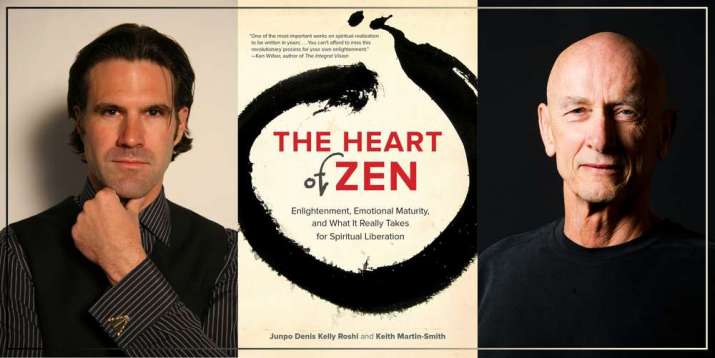
Keith has attended men’s groups for 10 years, saying he relies strongly on the support. The men encourage one another to live in integrity, honesty, loyalty, power, and humility, between the extremes of patriarchy and emasculation. He says modern men are figuring it all out as they go. I hope modern men (and boys) find keen and abundant support among women who also want to dismantle toxic patriarchy without resorting to man-bashing or emasculation. Women can support healthy competition and collaboration, for men to recreate balanced masculinity for themselves, thus creating an overall balance of leadership and joyful relating. It is no coincidence that Zen, Buddhism, martial arts, and authentic tantra are all based in the balance of energies, elements, and polarities. If we can balance these within ourselves, we can bring that vitality to the world as healing.
Keith teaches kung-fu to a small group of dedicated women and men in Boulder, Colorado. His Hakomi therapist asked him, “Do you think the world needs you as a humble and powerful man?” At first, Keith found it difficult to let this question in, but then realized this is exactly what is needed. Or, as he put it, “The world certainly needs humble and powerful men. We’ll see if I qualify.”
Being unattached to the role of teacher and yet offering students experience, knowledge, and wisdom perpetuates the lineage. In holding and transmitting the Shaolin lineage through Hollow Bones Kung-Fu in Boulder, Keith helps maintain its continuity with power, humility, and a sense of responsibility. Lama Tsering tells how Chagdud Tulku Rinpoche used to refer to himself as an old mangy dog wearing a diamond collar. Though she hated to hear her beloved teacher referring to himself this way, she understood it to mean that we are humble beings who carry the sublime lineage teachings forward. We are but links in the lineage chain, which will endure after we have gone.****

Keith’s fourth book, Only Everything, is on its way to publication this year. As he has matured, he finds it easier to let the writing flow, without the harsh inner critic interfering. Keith banishes the internal editor until it is time to take a critical look. This makes truth-telling easier, and he can oscillate smoothly between creative flow and subsequent editing. In some way, this process parallels embodied movement, or sitting on the cushion doing practice. Only Everything is the story of two brothers trying to make their way as artists in New York City. It is about art and ambition, intimacy and love, privilege and access, and the ruthlessness with which life can crush even the most beautiful of dreams. It is highly autobiographical and gives a view into what happens when life is dismantled from the inside. It is the story of the dissolution of a man’s life, which strips him bare, leaving him open for practice.
As meditators, we cannot hide behind our robes—either in terms of our necessary integrity toward others, or in relating to our own emotional baggage. Everything is grist for the mill, not to be swept under the rug. Whether in the dojo, at the writing desk, on the cushion, or in relationships, we take everything that arises as the path, courageously walking through the fear, with supports both tangible and timeless.
*** Interview of Keith Martin-Smith, about “A Heart Blown Open” (YouTube)
**** Private conversation, 2 February 2018.
See more




